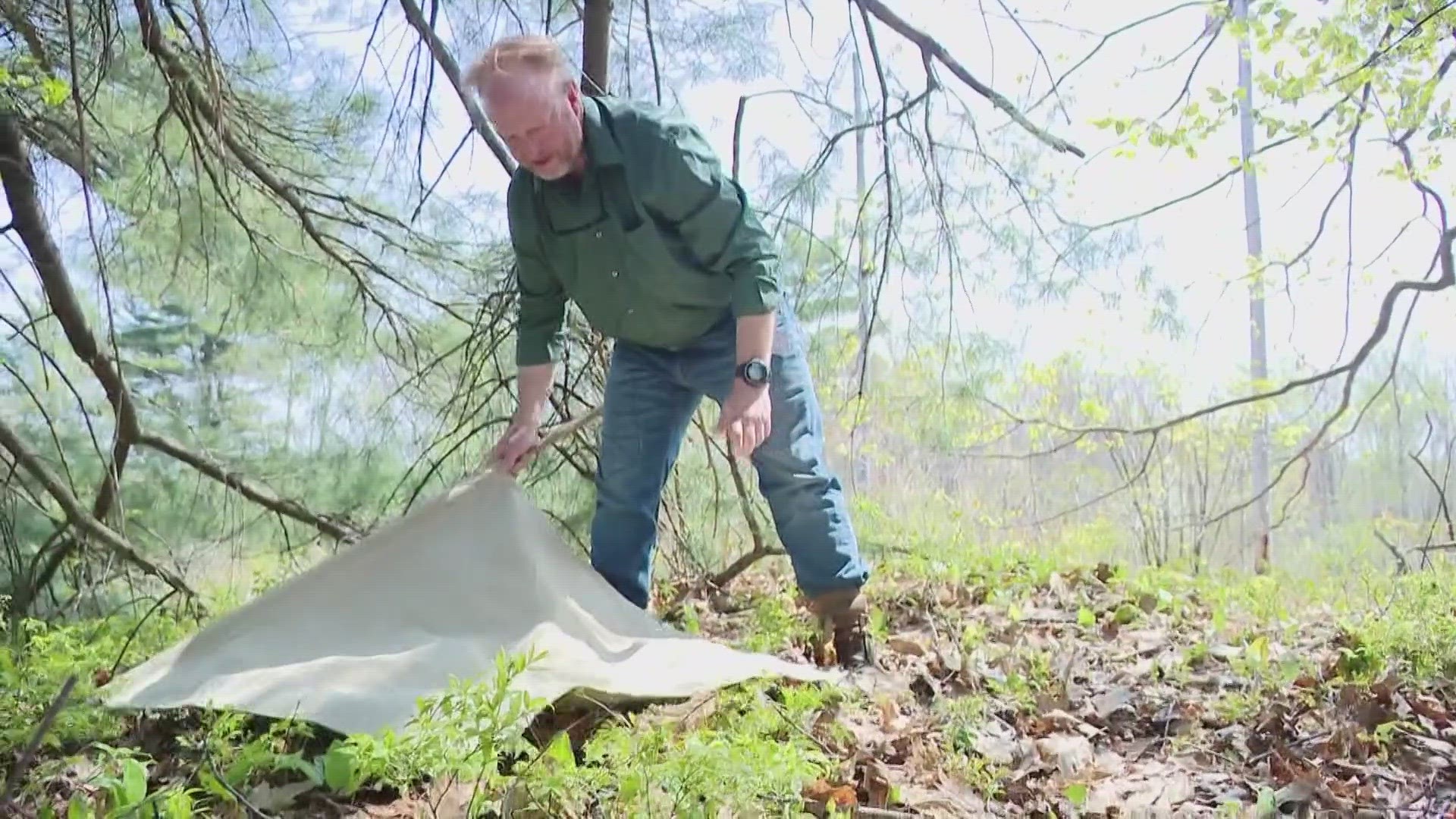PORTLAND, Maine — All week long we have explored how scientists, doctors, and biologists are using new breakthroughs to protect people and our pets from ticks and the diseases they carry.
Here are all of our Tick Week stories in one place, so you can share all of the stories with your friends and family with a single link.
So far this year, the Maine Center for Disease Control and Prevention has counted 374 cases of Lyme following a record of more than 2,600 cases last year. Research shows deer ticks are expanding into new areas of Maine, and they're carrying a greater number of disease-causing pathogens as they move.
Experts are saying "tick season" is pretty much a year-round problem now because of climate change, and warming winters could lead to more favorable habitats for new species, such as the Lone Star tick, which is linked to red meat allergies, according to researchers.
Health officials are warning about a sharp rise in cases of a rare tickborne disease that can be more severe than Lyme disease.
It's called babesiosis, and the U.S. Centers for Disease Control and Prevention recently added Maine to a list of New England states where the potentially deadly coinfection is present in our state. Federal health officials say cases of the tickborne illness have skyrocketed by more than 1,400 percent over an 8-year period. Symptoms can appear similar to Lyme, but there are distinct differences. Additionally, they are treatable if caught early. But for one Maine family tick this rare disease has turned their life upside down.
NEWS CENTER Maine is taking a closer look at the only FDA-approved laboratory test for Lyme disease and co-infections: a blood test that detects antibodies in the body's response against the disease. But many experts say the two-step test recommended by the U.S. Centers For Disease Control and Prevention can often miss Lyme early on when treatment is most effective in stopping the infection.
A number of patients who spent years trying to find out if they have Lyme are asking Maine lawmakers to ensure that doctors receive more diagnostic data with test results to help make the correct diagnosis.
For patients dealing with Lyme and tickborne diseases, healing can be challenging and painful.
Patients often feel misunderstood or even invisible because they may appear healthy but are suffering from symptoms ravaging the inside of their bodies.
Jiatong Lu is a professional photographer who is capturing the realities of living with Lyme to focus on the human toll of the disease.
Lu was diagnosed with neurological Lyme disease and co-infections two years ago. After a difficult journey of healing, she is now photographing patients across the country to give them a voice after feeling their suffering was invisible to the rest of the world.
Lu said her nightmare with Lyme started in 2021.
As we wrap up tick week, we are focusing on how Maine's next generation is learning new skills and information to better protect themselves against ticks over their lifetimes.
That knowledge is critical. Health experts say children between the ages of 5 and 9 are at the greatest risk for Lyme and other tickborne diseases. Rolling in the grass and playing outside puts them more at risk of getting an embedded tick.

